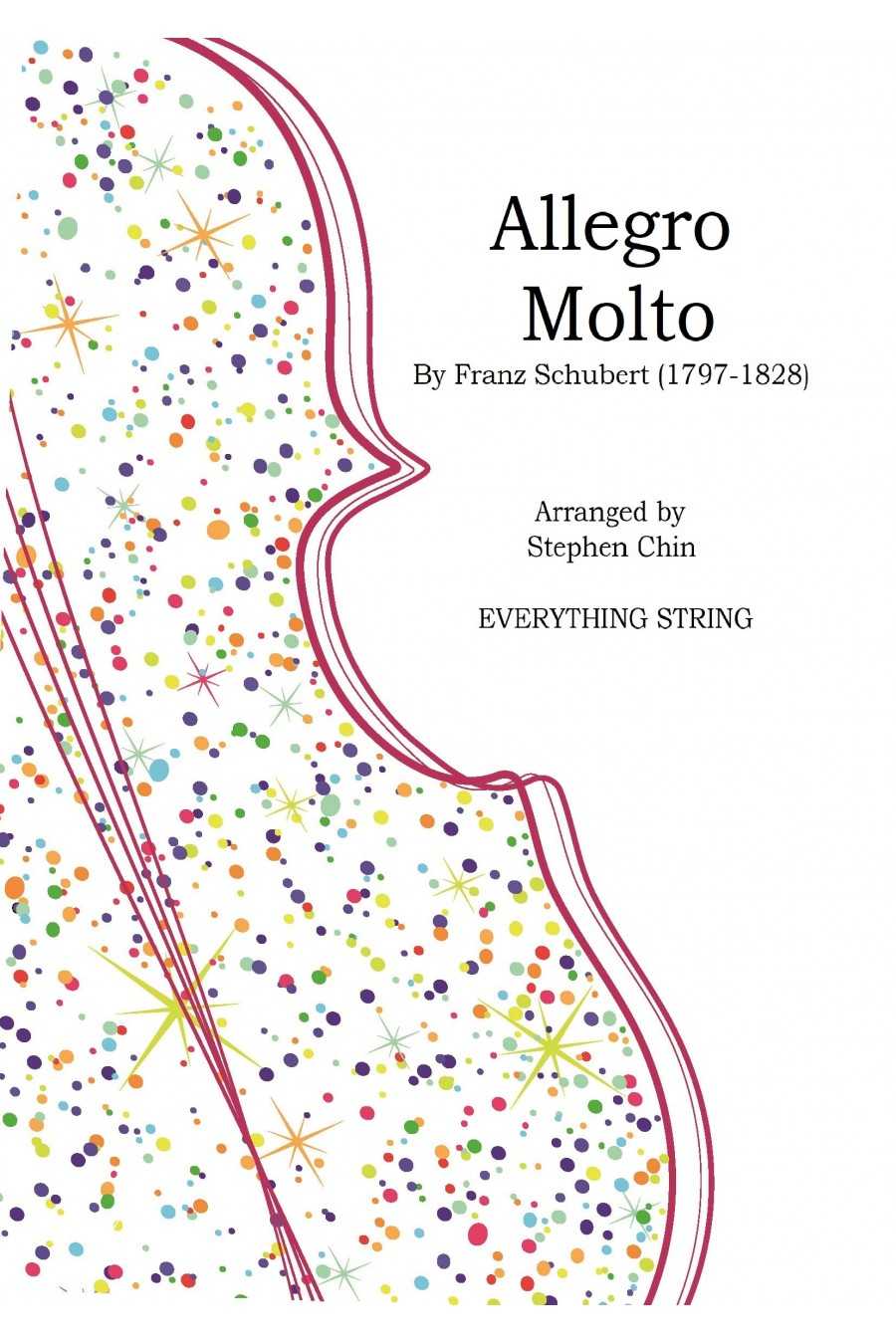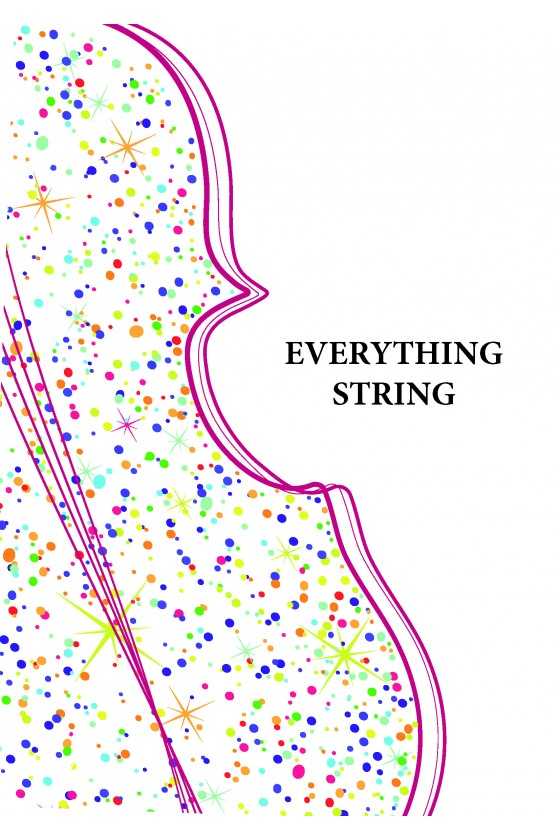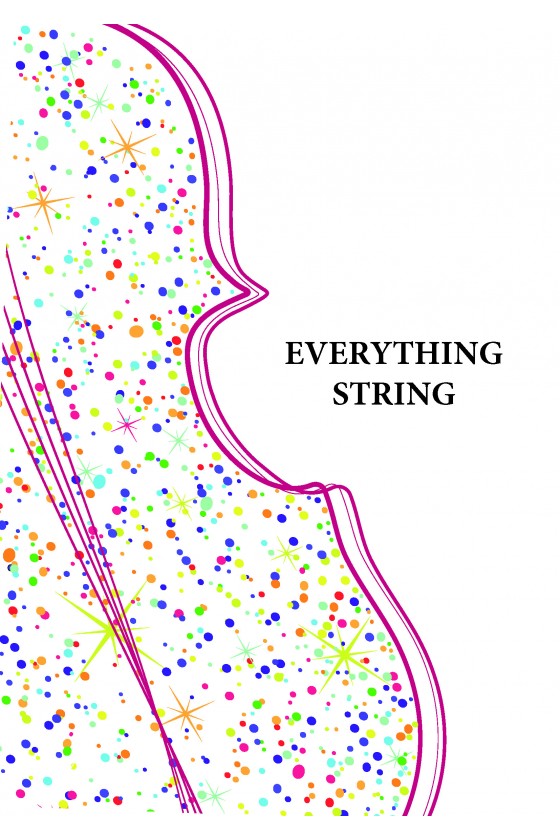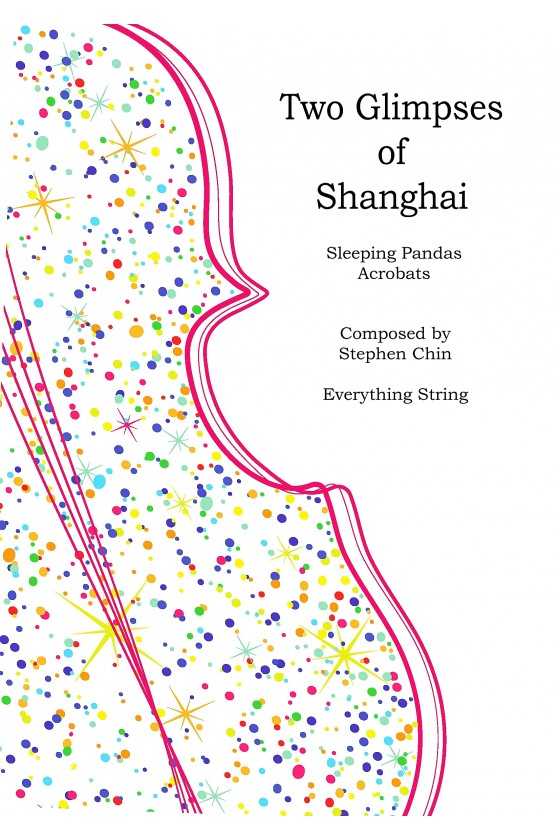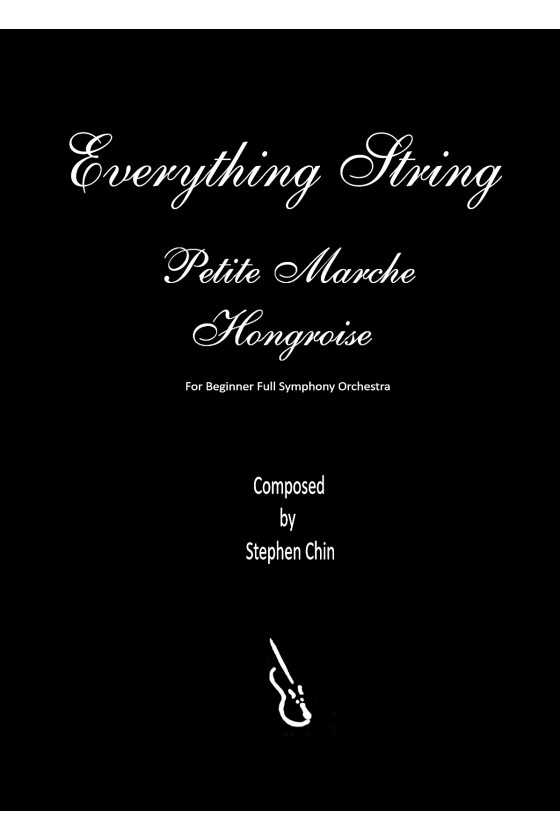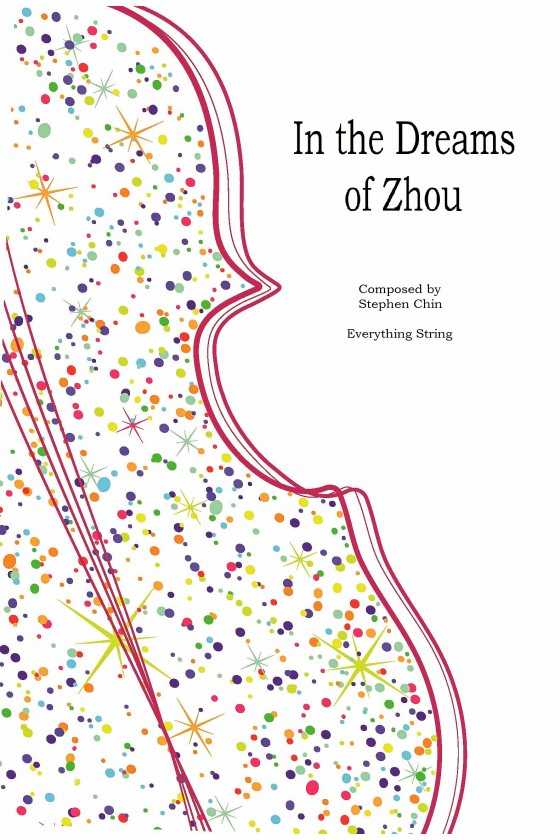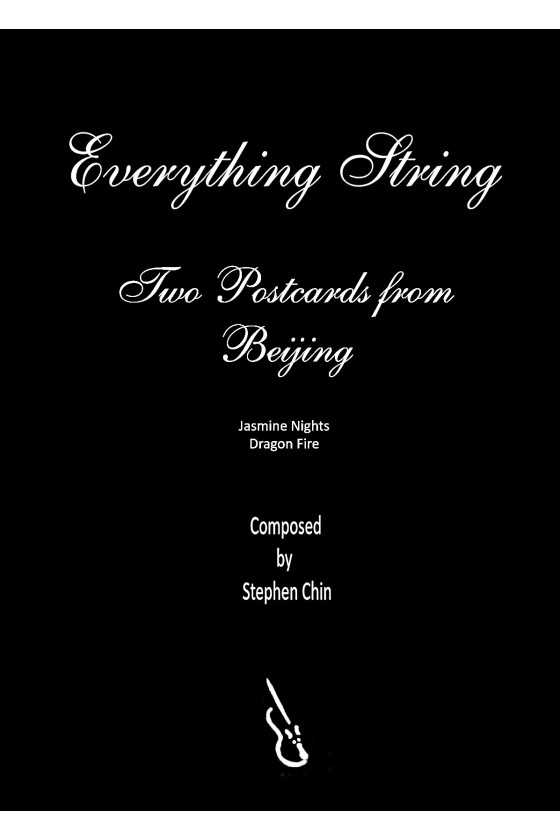Allegro Molto by Franz Schubert arr. Stephen Chin
Imagine yourself sitting in a concert hall filled with the sound of a lively Allegro molto from Schubert's Sonatina Op. 137, No. 1. This delightful piece of music was originally composed for violin and piano and has been arranged for a medium-level string orchestra, making it accessible to a broader audience.
Schubert, a prodigious composer and a skilled violinist had already composed over a dozen string quartets at the young age of 19. He then began to write violin sonatas, and in 1816, he composed his first three violin sonatas, including Sonata No. 1 in D major, D 384. These sonatas were later published as Sonatinas in 1836 (Op. posth. 137) after the composer's death. The Sonatina No. 1 in D major, D 384, is a charming piece of music that requires relatively little virtuoso bravura from its performers.
The intimate atmosphere of this piece is perfectly suited for a small ensemble. Schubert wrote "März 1816" (March 1816) on the autograph score of this sonata, which has three movements: Allegro molto, Andante, and Allegro vivace. The Allegro molto is a fast-paced, lively movement that will get your toes tapping and your heart racing. The Andante is a slower, more contemplative movement that provides a peaceful interlude before the final Allegro vivace, which brings the piece to a rousing conclusion.
Overall, Schubert's Sonatina Op. 137, No. 1 is a delightful piece of music that showcases the composer's talent for creating beautiful melodies and his ability to write music that is both accessible and engaging.
